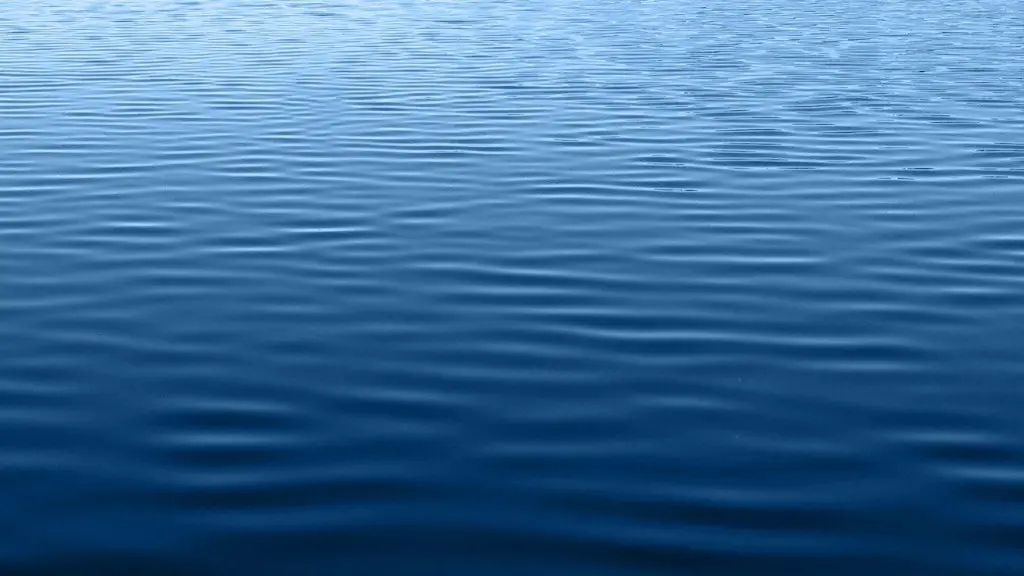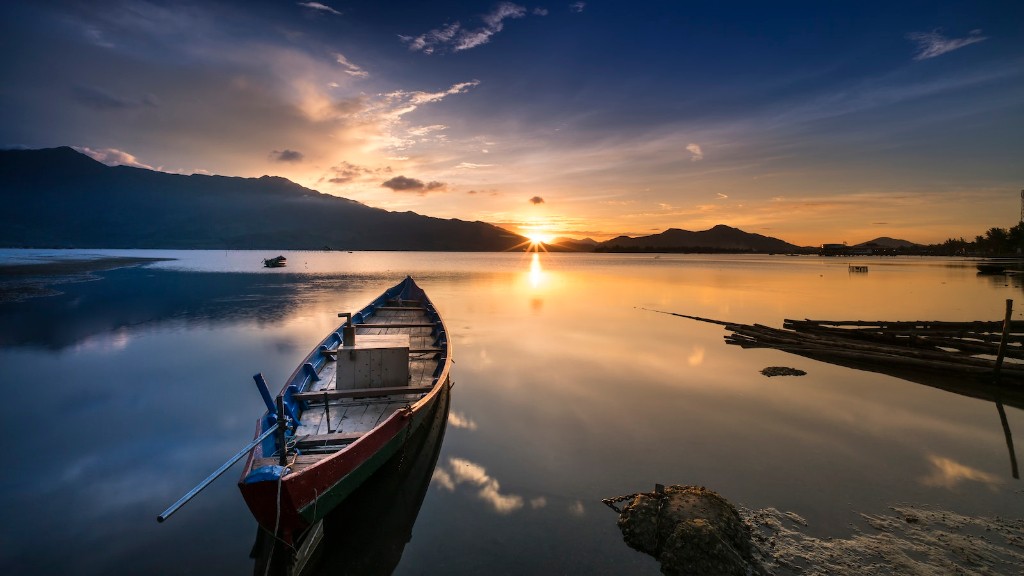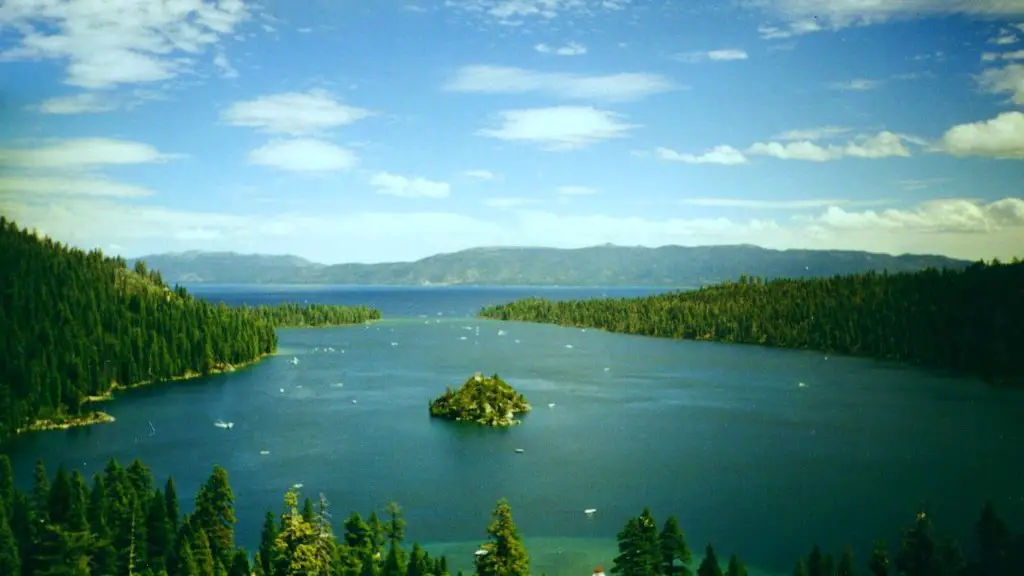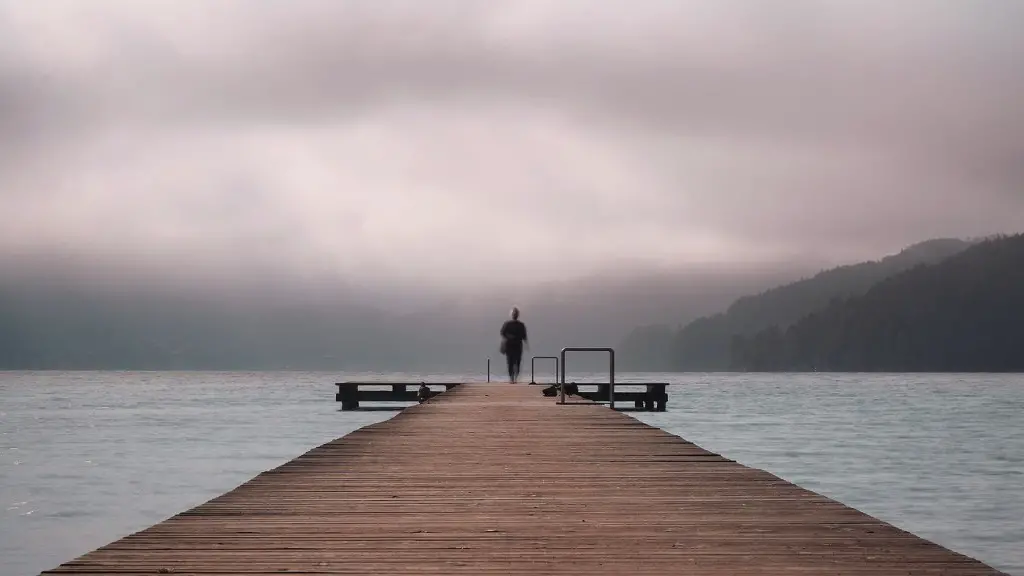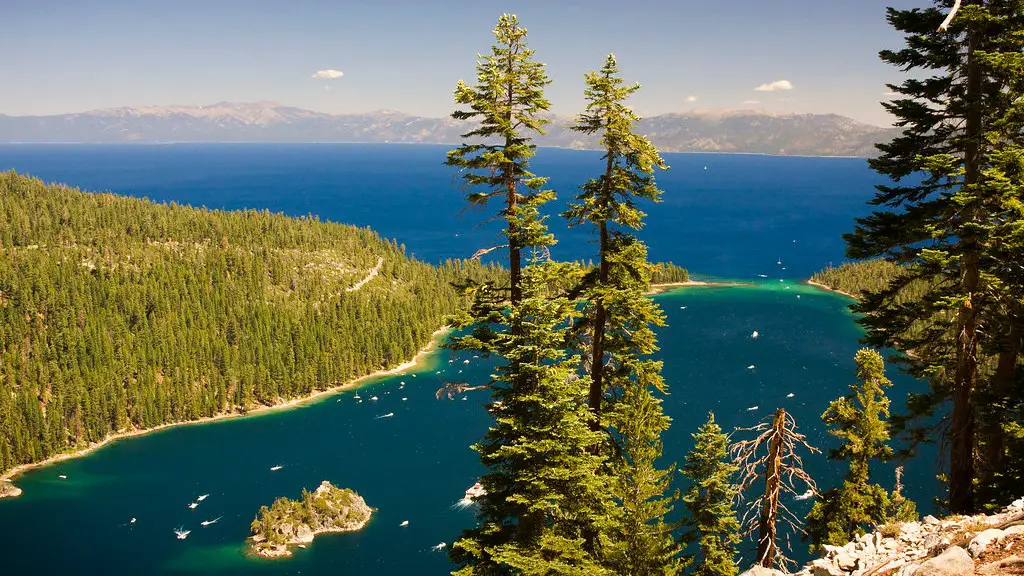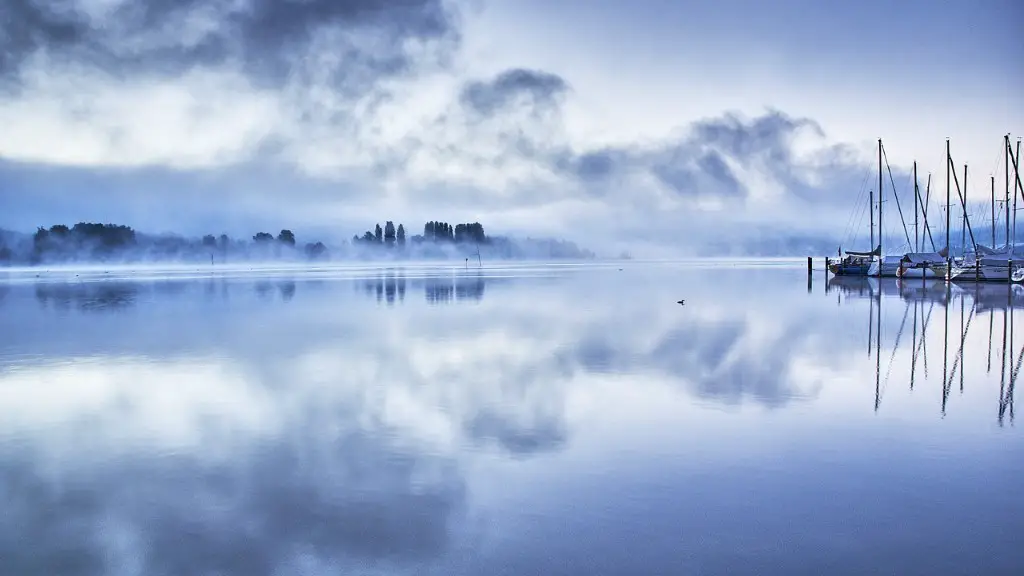Lake Victoria is the largest lake in Africa and the world’s second-largest freshwater lake. It is located in East Africa, straddling three countries: Tanzania, Uganda, and Kenya. Located in the Great Rift Valley, Lake Victoria is an integral part of the African Great Lakes system. This beautiful lake is teeming with aquatic life and is an important source of irrigation, transportation and recreation for the region’s population.
Lake Victoria is geographically situated in an area bordered by Kenya, Uganda, and Tanzania. The lake has long been an important source of both subsistence and commercial fishing for its surrounding countries, with as many as 500 fish species living in its waters. Due to its size and shape, the lake also serves as a major transportation route, connecting areas to one another while linking to the Indian Ocean and the Suez Canal. Other activities around the lake include boating, swimming, fishing, and bird watching.
With an area of 68,800 square kilometers, the lake covers six percent of the total water surface area of Africa. Its maximum depth is around 80 meters, while the lake’s average depth is 40 meters. The lake also has some 300 small islands that lie within its confines. The predominant species found in the lake’s waters is Tilapia, with almost 10 percent of the lake’s total fish population made up of the species. Other species include carp, tiger-fish, catfish, and lungfish.
Although the lake’s waters are shared between the three countries, their management of the lake is far from unified. This has caused some conservation and environmental problems in the lake, as every country has its own interests. However, progress has been made in recent times to have the countries agree on a joint management system. With the increasing popularity of the region as a tourist destination, this is a work in progress.
The Lake Victoria Basin Commission (LVBC) is an organization composed of the three countries of Uganda, Kenya, and Tanzania. Its aim is to reach an agreement among the countries to coordinate the management of their shared resources, while also seeking ways to maintain the lake’s biodiversity and improve the living standards of its people. The Commission also works to reduce human-made environmental problems in the lake, mitigate the effects of climate change, and conserve the lake’s ecosystems.
Water Pollution
While Lake Victoria’s waters remain generally healthy, certain parts of the lake can experience severe water pollution due to the presence of human settlements around the lake. This water pollution is mainly caused by untreated sewage, industrial runoff, and agricultural chemicals which can be extremely toxic and cause damage to the fishery and aquatic life in the lake.
The pollution levels in Lake Victoria have prompted an action plan by the participating countries and the LVBC. They are implementing various approaches to improve water quality, such as constructing sewage treatment plants and other pollution control measures. There have also been initiatives geared towards public awareness, informing people of their direct effect on the lake and the possible consequences of continued pollution.
Despite the various efforts, pollution levels in certain parts of the lake remain very high, largely due to population growth, deforestation, and other human-made factors. Scientists have voiced their concern about the pollution and environmental damage taking place in the lake, and have urged the governments to take drastic measures to stem the tide of pollution.
Economic Development
The presence of large amounts of fish resources and abundant water have provided an important economic boost to the countries bordering Lake Victoria. The primary growth sectors around the lake have been fisheries and the related industries, such as processing and marketing. The lake’s waters also provide an important source of food and nutrition to many in the region.
In addition to fishing, the lake’s waters and its surrounding environment have become an attractive tourism destination. Boating and recreation areas abound, while facilities such as resorts, lodges and spas have been developed to cater to visitors. With the right development strategy, Lake Victoria can become a major tourism hub in East Africa.
Though Lake Victoria has experienced a decline in water levels in recent years due to over-use, deliberate efforts by the collaborating countries, with the LVBC as the main coordinator, have yielded tangible results. So far, the countries have managed to have Lake Victoria designated as an internationally recognized Ramsar site of wetland significance – an important landmark for conservation and preservation of the diverse aquatic life as well as the surrounding wetlands.
Environmental Protection
The LVBC has undertaken several initiatives to protect and promote the lake’s environment. These initiatives have included projects related to the promotion of environmental education, the establishment of local conservation areas, the management of invasive species, and the regulation of fishing.
In addition to the LVBC, numerous conservation groups have been active in the region to ensure that Lake Victoria’s environment remains safe and healthy. The most active of these organizations is the Lake Victoria Environmental Management Program (LVEMP), which works to establish sustainable development goals, promote water quality management, and reduce air and water pollution.
The governments of the participating countries have also made an effort to protect the lake’s environment, with all three countries signing into the Lake Victoria Basin Treaty in 2010. This treaty seeks to further ensure sustainable management practices, reduce pollution, and enhance conservation efforts in the lake.
Climate Change
The Lake Victoria region is no stranger to the effects of climate change. Scientists have reported a drop in the lake’s water level due to increased evaporation and reduced rainfall. In addition, the region is experiencing an increase in extreme weather events, such as floods, drought, and heavy rains, which further complicate the situation.
Lake Victoria’s water level has dropped significantly since the 1940s, to the point where it is now 3-4 meters below the desired mean-level. This has led to increased conflicts between the countries over the use of water resources, especially during dry seasons.
To compensate for the drastic reduction in the lake’s water level, the LVBC is currently formulating a plan to move water from other sources around Lake Victoria, such as rivers and streams, in order to maintain the lake’s water level. The Commission is also working to ensure that the lake’s resources are used in a sustainable way.
Fishing
The lake’s waters are a crucial source of livelihood to many people in the region. Fishing is particularly popular because of the abundant fish resources in the lake.The lake is host to over 400 species of fish, providing substantial economic support to many in the region.
The most important species of fish in the lake are the members of the Cichlidae family,especially Nile Perch and Tilapia. The Nile Perch is especially important to the local economy, with many fishing boats and other vessels specialised for catching them. The Nile Perch is also extremely popular with many tourists, who come to the Lake Victoria region in order to try them.
In an effort to ensure sustainable fishing in the area, the LVBC has implemented several fishing regulations and agreements. These regulations include the restriction of fishing seasons, quotas, limits on the size and type of fishing vessels, and the adoption of sustainable fishing practices.
The success of these rules has been mixed, however, and large amounts of illegal, unreported, and unregulated fishing still occur within the lake’s waters. The LVBC is currently working to reduce this illegal fishing and make sure that the lake’s fish resources can be sustained for generations to come.
Tourism
The Lake Victoria region has become an increasingly popular tourist destination due to its natural beauty and abundant fishing opportunities. It is estimated that over 1 million visitors come to the lake each year, most of them coming to take part in recreational activities such as swimming, boating, fishing, and birdwatching.
The lake’s tourism industry has seen a steady growth over the past few years, thanks to the supportive policies of the countries surrounding the lake. Tourist numbers are expected to continue increasing as more visitors become aware of the lake’s offerings. Tourists also bring with them revenue to the region through their spending, resulting in additional economic opportunities for the region’s population.
Apart from the recreational activities offered by the lake, there are several tourist attractions around the lake, including national parks and conservation areas. These areas are home to some of the most unique and beautiful wildlife on the continent. Tourists can also visit cultural and historical sites, like the Murchison Falls National Park and the Kyambura Gorge.
In conclusion, Lake Victoria is an important natural and economic resource for the countries around it. With its many benefits, the lake is worth protecting and preserving, and its resources should be used responsibly and sustainably. Through collaborative efforts and responsible management, the countries bordering the lake can ensure that its waters and its rich biodiversity are preserved for years to come.
